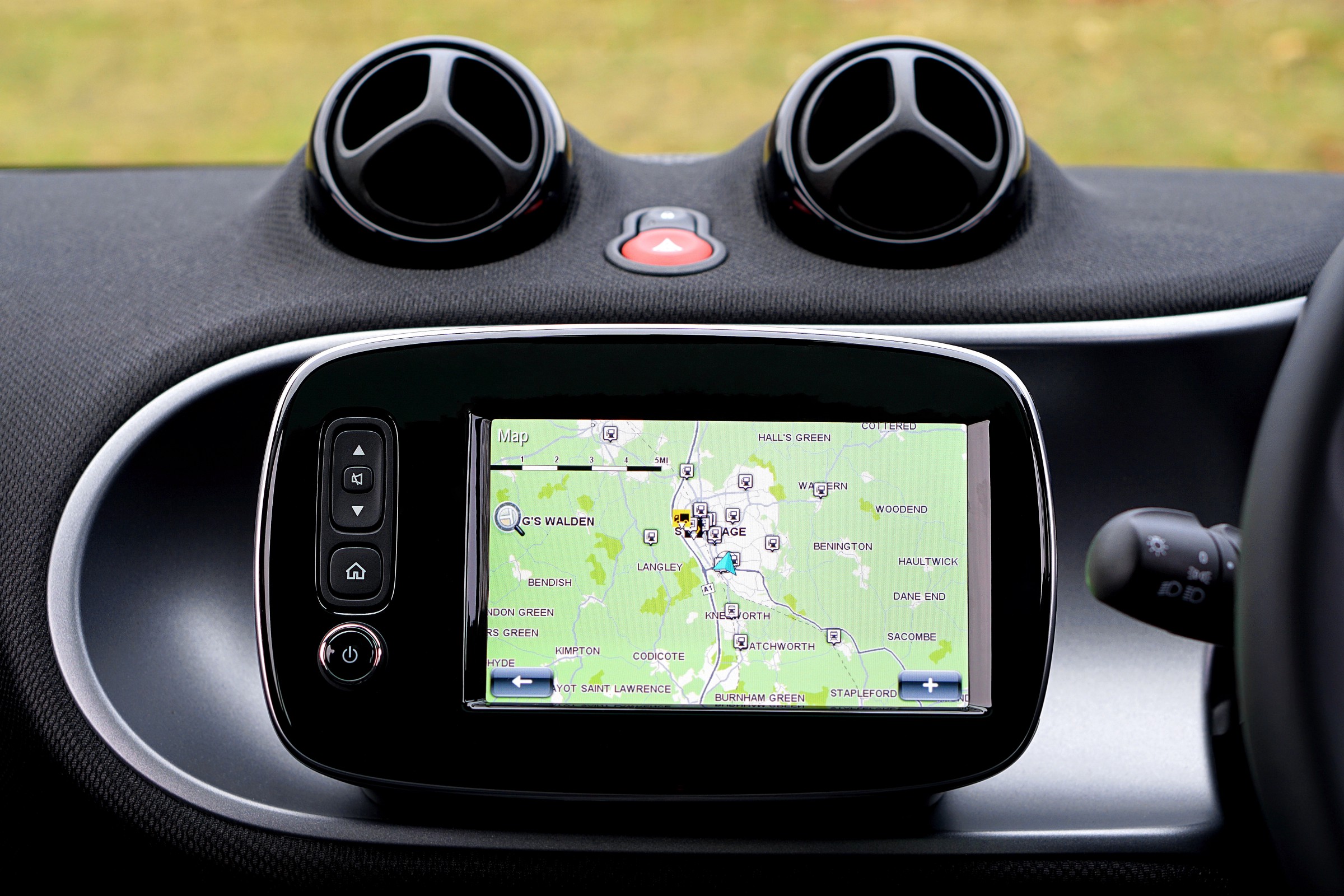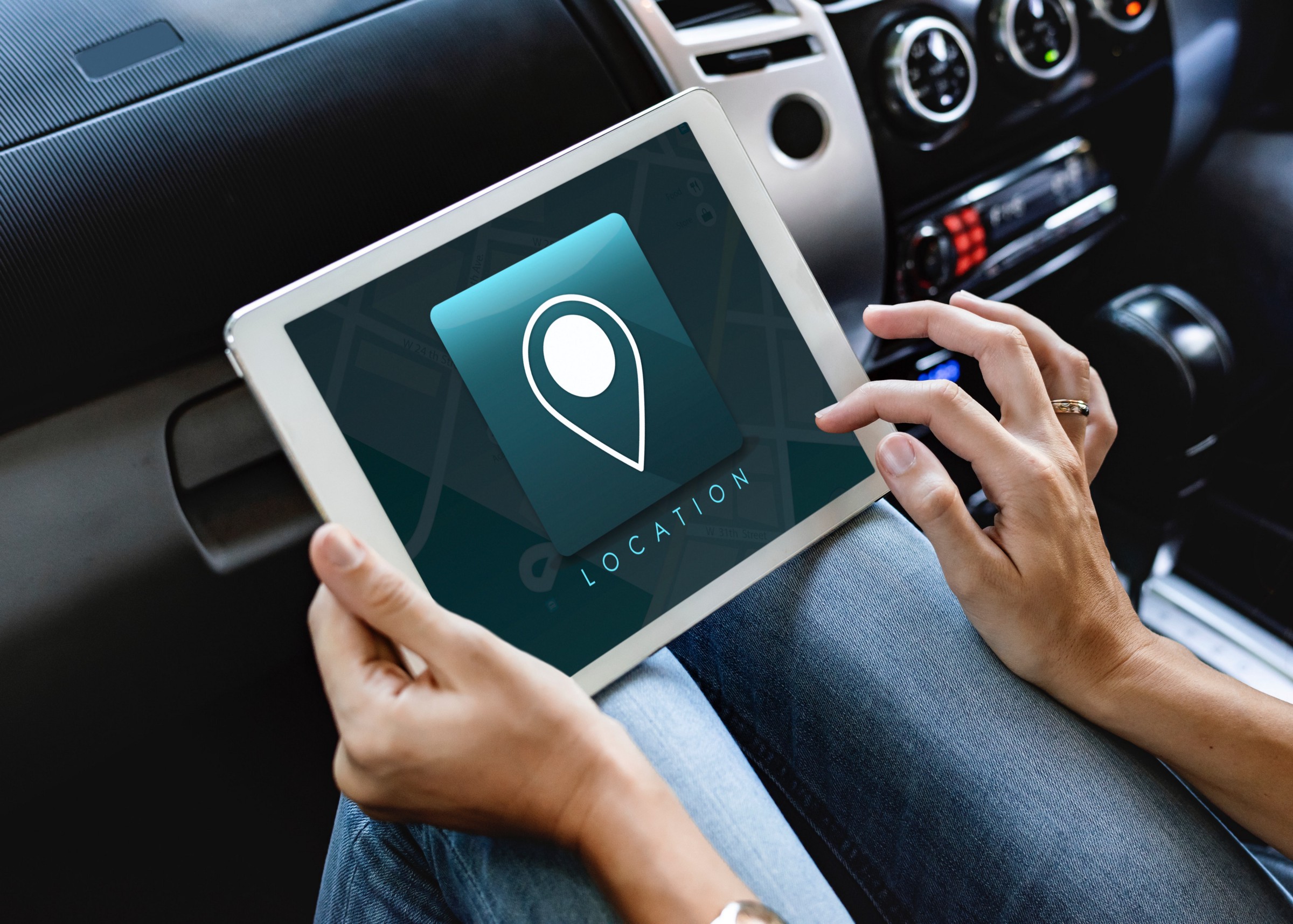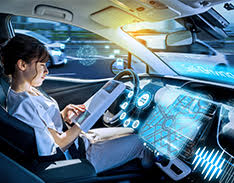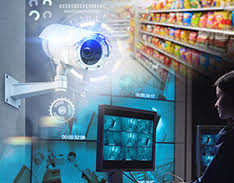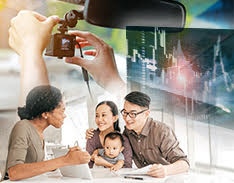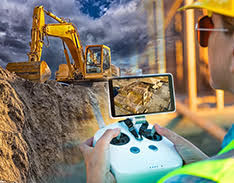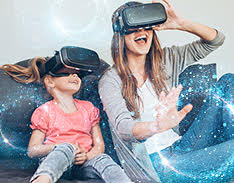The term Internet of Things (IoT) brings to mind the stereotypical image of a working woman who triggers the cooker at home as she leaves office to drive back home or a refrigerator which sends a replenishment note to a grocer as soon as it senses some of the frequently required items such as milk or butter are exhausted. Given the numerous possibilities which IoT can inspire, many large product companies have already embarked on programs to build IoT compatibility into their existing or new products.

What is IoT?
The Smartphone as a device of communication is an IoT device and knowingly or unknowingly we have already been using it. IoT enables each device or thing to communicate with other devices or things and perhaps be directed or direct the actions of other such devices.
An IoT enabled device must have a built in microcomputer and suitable sensor devices which will sense /capture important parameters in real life. In addition, it must have access to and be identifiable with a unique IP address. Increasingly, there are standard electronic communications modules available which could be connected to any device which you wish to enable them for IoT. The costs of such modules and standardized interfaces may seem a bit high as of now but this situation will certainly improve with increased demand and availability.
Key Challenges of MSMEs in India and how IoT can help in overcoming them
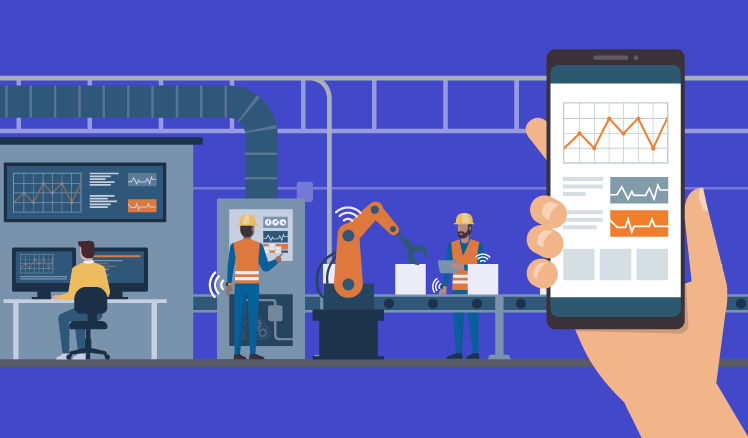
IoT helps in Remote Monitoring / Control
The MSME owner, with a small team of support staff, has to manage most if not all the functions viz Finance, Marketing, Operations and HR. When he is out on the field, he also needs to grapple with issues related to production or labor or suppliers.
The overall growth, performance, the viability of the MSME organization is often constrained by the owner’s ability and bandwidth to deal with functional issues. IoT not only provides means of controlling machines and processes on the shop-floor but also allows the machine to connect directly over the internet. Hence the owner can monitor and if required direct/control people, machines and processes from a remote location. Timely alerts on critical resources help the owner to sense issues in the factory even when his team fails to report them and suggest timely corrective actions as if he was sitting in the factory.

IoT makes the owner omnipresent
in most food cooking and retail businesses such as a cookie/bakery stores, the owner is required to formulate an hourly forecast and plan the production accordingly .This plan has to be adjusted based on the day of the week, time of the day , cultural and religious sensitivities , seasonal variations as well as actual walk-ins into the shop.
When the owner is away, the ability of the team to replicate such expertise becomes a challenge. IoT can help the owner to encapsulate his expertise in the form of business rules into the bakery systems which allows his team to exercise their judgment but within bounds and send alerts to the owner in cases of deviations and exceptional situations. The owner’s expertise is thus at hand at all times irrespective of his location. MSME with multi-locational operations can thus benefit immensely from the owner’s expertise.
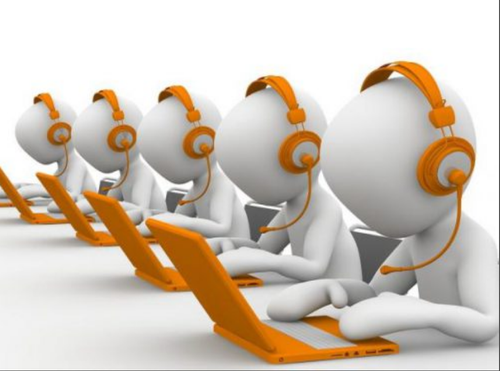
Post Sales Services
With limited manpower on hand, the MSME has to ensure that it is able to provide good uptime guarantees as well as good response and resolution times. MSMEs which either manufacture/ supply or merely service products such as water filters, coffee dispensing machines, photo-copiers or even lifts find it difficult to monitor the current condition of the product in service at the client’s end - and hence have to depend on the client to inform them of the failure thereby affecting uptime and service levels. IoT could help not only in sensing the failure event in the product, signal it to the service department but also allow them to isolate the problem and switch over to alternate critical components built into the product design thereby re-starting the product and ensuring business continuity. This experience can be further enhanced by use of predictive analytics which can use continuous monitoring data on the usage and performance of the product to predict possible failure events in the product. This improves the quality of service while optimizing costs and resources required for servicing it.
In case of products which require replenishment of critical consumables such as coffee/tea ready-mix powders or the cartridges in a printer/ photocopying machine or cash in an ATM - alerts could help plan the routing of the service personnel well in time before stock-outs could happen.

IoT and autonomous systems
The machines learn with every transaction, production or service experience. This means that the encapsulated business rules in the controller attached to the machine can be changed based on new experiences. The communication between the machine, sensors, business rules engines and the machine learning algorithms on a central server all interact thanks to IoT. Add to this the ability of the machine to initiate actions on its own and we have ‘autonomous machines’ and in a larger sense processes and systems which can run on their own like the autopilot of an aircraft.

IoT as a means of Innovation
In the era of Smart Cities where every device whether in homes, offices or public domain will have to be made ‘smart’. IoT, sensor technology, analytics, machine learning and pervasive technology will become the building blocks of such Smart cities. The ability to remotely measure and even optimize power consumption in establishments , detect water leakages in supply pipelines, notice impending health issues of an individual like a stroke/ heart attack and many such applications that could auto-Initiate corrective actions would be possible through the imaginative use of IoT.
These are green field opportunities. While base devices could be made by large technology companies, the opportunity to create innovative applications should be captured by MSMEs. The ability to convert existing products into smart products as well as to create a completely new smart product or do the system engineering of various technologies supplied by larger vendors or provide smart services ecosystem around these products could be great opportunities for MSMEs.
MSMEs must therefore develop an innovation mindset and start experimenting in this space. There is a good possibility of working along with other start-ups and open innovation spaces such as Maker spaces etc where the equipment, space, expertise available could be used to conduct experiments and prototype innovative solutions.










